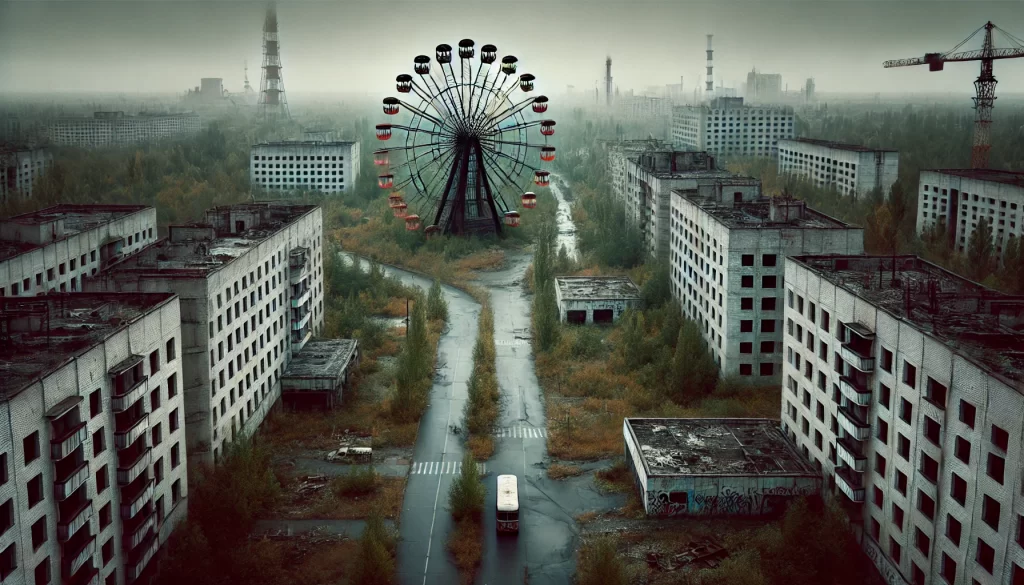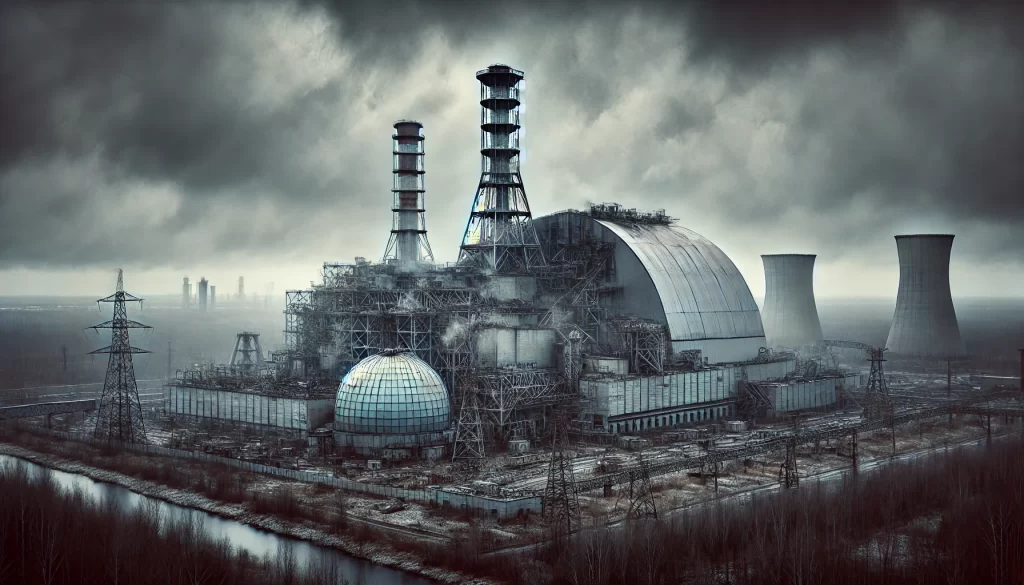Table of Contents
Can you visit Chornobyl today? This is a question many people ask when they think about the site of one of the world’s most infamous nuclear disasters. Since the Chornobyl accident 1986, the area has been shrouded in mystery, danger, and fascination. Despite this, many wonder whether it’s safe to visit today and what they can expect if they decide to go. In this article, we’ll uncover the truth about visiting Chornobyl today, exploring the facts, risks, and what you need to know before embarking on this unforgettable journey.
The History of Chornobyl: Why Is It Still Dangerous?

Before we answer, can you visit Chornobyl today? It’s essential to understand the history behind the disaster. On April 26, 1986, Reactor No. 4 at the Chernobyl Nuclear Power Plant exploded, releasing a massive amount of radiation into the atmosphere. Thousands were forced to evacuate, and the surrounding area, known as the Exclusion Zone, became uninhabitable due to high radiation levels.
Over the years, the radiation has significantly decreased, but certain areas remain dangerous due to “hot spots” where radiation is still present. That said, scientists and experts continue to monitor the area to ensure safety. But does this mean it’s safe for tourists today? Let’s find out.
Can You Visit Chornobyl Today? The Shocking Truth Revealed
So, can you visit Chornobyl today? The answer is yes! In fact, since 2011, the Ukrainian government has allowed guided tours of the Chornobyl Exclusion Zone. These tours take visitors to key areas within the zone, including Pripyat, the abandoned city that once housed Chornobyl’s workers and their families.
However, access to Chornobyl is strictly regulated. Tourists can only visit with an official guide; specific safety measures must be followed to minimize radiation exposure. The surprising truth is that a visit to Chornobyl can be relatively safe for short-term visits with the proper precautions.
Safety Measures: How Safe Is It to Visit Chornobyl?
Can you visit Chornobyl today? Many people are still concerned about the safety of visiting Chornobyl. After all, the area was the site of the world’s worst nuclear disaster. But thanks to years of decontamination efforts and the natural decay of radiation, much of the Exclusion Zone is safe for visitors. That said, there are still essential safety measures in place:
- Restricted Areas: Due to high radiation levels, some parts of the zone remain off-limits, but your guide will ensure you avoid these areas.
- Dosimeter Use: Visitors must carry a dosimeter, a device that measures radiation exposure, to track how much radiation they are exposed to during the tour.
- Time Limits: Tours are limited, and visitors are not allowed to touch buildings, trees, or objects, as these may still carry residual radiation.
When correctly followed, these safety measures make Chornobyl a manageable risk.
What Can You Expect During a Visit to Chernobyl?

If you’re still curious about whether you can visit Chornobyl today, it’s worth knowing what the experience entails. Most guided tours begin in Kyiv, the capital of Ukraine, and last for a full day. Some companies offer multi-day tours for those who want a more profound experience.
During the tour, you’ll visit several key sites, including:
- The Chornobyl Nuclear Power Plant: Though you can’t go inside, you’ll see the massive containment structure built to seal off Reactor No. 4.
- Pripyat: Once a thriving city, Pripyat is now a ghost town. Walking through its empty streets, abandoned amusement parks, and decaying buildings is an eerie, unforgettable experience.
- Duga Radar Station: This massive Soviet radar system, once part of the USSR’s missile defense network, is another visitor must-see.
These sights provide a haunting reminder of the disaster and its long-lasting effects.
What to Bring on Your Chornobyl Tour
Preparing for your visit to Chornobyl requires more than just curiosity. Here are some essential things to bring to ensure your safety and comfort:
- Clothing: Wear long sleeves, long pants, and closed shoes to protect yourself from any possible radioactive particles.
- Water and Snacks: There is a small cafeteria for visitors, bringing extra water and snacks is a good idea.
- Identification: You must carry your passport at all times during the tour.
- A Camera: Photos are allowed in most parts of the Exclusion Zone, so don’t forget your camera to capture this unique experience.
Remember, it’s essential to follow your guide’s instructions at all times to ensure your safety.
Also Read: How Does an Expert Travel Guide Perfectly Address Tourists?
Is It Worth Visiting Chornobyl Today?
Can you visit Chornobyl today? The answer depends on your interests. Chornobyl is not just another tourist destination. It’s a site of historical significance, a symbol of human error, and a reminder of the devastating power of nuclear energy.
For those interested in history, science, or adventure, a visit to Chornobyl offers a unique experience unlike any other. You’ll gain insight into the events that unfolded in 1986 and see firsthand the consequences of the disaster. It’s an eye-opening journey that leaves a lasting impact on many visitors.
The Future of Chernobyl: What Lies Ahead?
Can you visit Chornobyl today? As time goes on, the levels of radiation in Chornobyl will continue to decrease, and the area may become even safer to visit. Yes, you can, and the Ukrainian government is even considering expanding tourism to include more parts of the Exclusion Zone. Can you visit Chornobyl today? Efforts to preserve the area as a historical site are ongoing and some believe that Chornobyl could become a UNESCO World Heritage Site. However, safety will always be the top priority when visiting.
Can you visit Chornobyl today safely? Proper safety precautions, guided tours, and a sense of curiosity allow exploring this fascinating, haunting, and historically significant location. While Chornobyl will always be associated with tragedy, today, it stands as a powerful reminder of the past and a symbol of resilience. Can you visit Chornobyl today and experience its history firsthand? For those who dare to visit, Chornobyl offers an unforgettable journey that blends history, science, and adventure.



